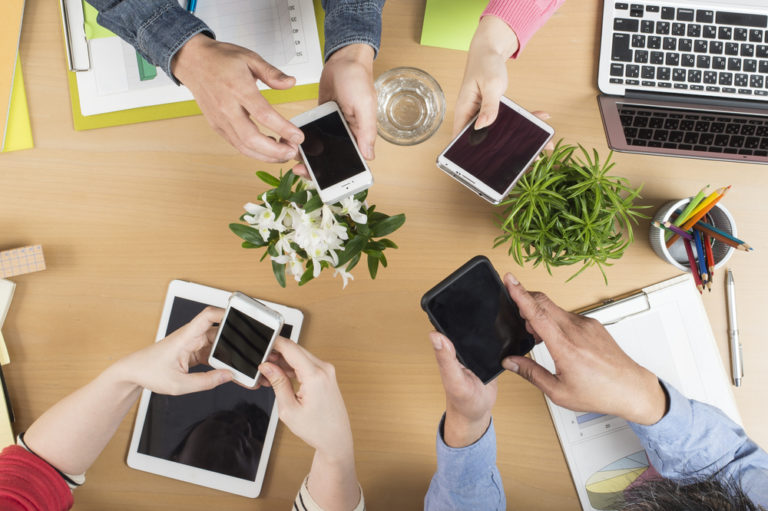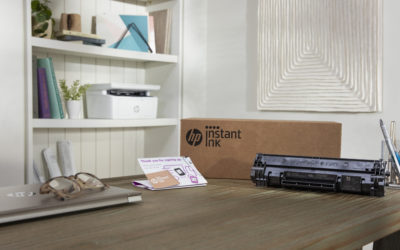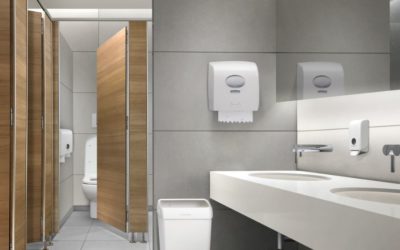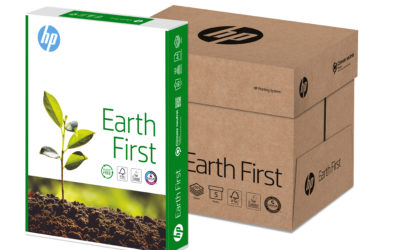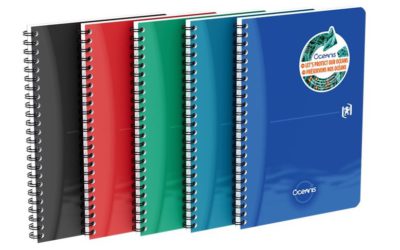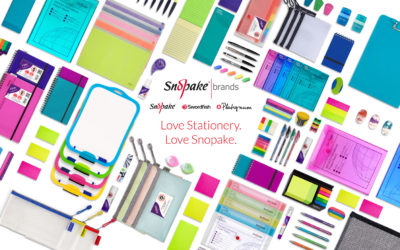Office workers spend an average of five hours and 41 minutes a day sitting at their desks. But looking around at the open-plan space complete with all its mod-cons and advanced technology, it’s a far cry from what the work space of yesteryear looked like.
Technological advancements have changed the landscape of the modern office, altered our work processes and made a world of difference to operations. The digital age has seen bulky desktop computers, filing cabinets and even the humble stapler brought to the end of their shelf life.
Here are a few ways the office has changed over time
Furniture
In offices of the 1960s right through to the 1980s, minimalist furniture was there to perform its function and that was all. From the 1990s, organisations began to get more adventurous with their furniture and, while still practical, it served the purpose of providing an attractive aesthetic to the once-mundane appearance of the office.
Nowadays, brightly coloured chairs and quirky futuristic-looking storage units are on trend when it comes to office furniture. Plus, many offices put a focus on ergonomics and with employees sitting down for a long periods of time it makes sense to provide a good, comfortable chair.
Gemma Went, an online business consultant, says: “We are sitting for long periods of time, and that’s not good for the body at all. So take the time to research, or even ask someone who knows about ergonomics in the workplace, to make sure you are set up as healthily as possible.”
Storage
In the 1960s office – when it came to storage and other office equipment – creativity and design were minimal and limited to only the essential elements. Storage was provided by dark-coloured metal tall-standing filing cabinets, although colours and textures were beginning to make an appearance towards the 1970s.
By the 1980s and into the 1990s, desk surfaces had become more personalised with the inclusion of brightly coloured file storage boxes. While there is still use for storage units and boxes for paperwork and books, modern office spaces enjoy clutter-free desks as most paperwork can be saved electronically.
Technology
The typewriter was a crucial part of everyday office life from the 1950s onwards, but by the 1960s they were electronic. Telephones had rotary dials and computers, still in the infancy of their invention, were huge machines that specific workers operated and fed cards into.
By the end of the 1970s, the calculator was a commonplace in the office, phones had advanced to include buttons, typewriters allowed for different fonts, while computers evolved to become smaller. Towards the end of the 1980s, the mobile phone had been successfully launched and PCs dominated offices.
In the 1990s came the introduction of the internet. When it comes to today’s digital world, keeping everything online is crucial. Many organisations use a server so employees can access and share all their documents, instead of having paper lying across workspaces. Office equipment, such as printers and laptops, now have WI-FI capabilities, meaning staff are able to work almost anywhere.
Recycling
To stay ahead of the game in 2017, it’s important to be as technologically advanced as you can and as green as possible. To get everything going in the right direction, offices across the country have recycling bins to encourage employees to get rid of their waste in an environmentally manner.
Creativity
From wall art through to colour, today’s offices love to create a unique image of their business and provide staff with somewhere to express their ideas. A piece of equipment used in nearly every office across the country, the whiteboard can be used for far more than the note-taking space it was originally designed for. They’re a great opportunity to bring colleagues together to communicate and get creative.
Available in a whole host of different styles, shapes and sizes to suit any sort of space, a whiteboard can cover entire walls, or just act as a small feature in the corner of the office for staff to express themselves.
The opportunities are endless for the advancement of office space. Some offices look as though they could be an extension of your own home – Google even supplies its staff with sleeping pods – and many designs nowadays are geared around encouraging the most productivity from staff.
